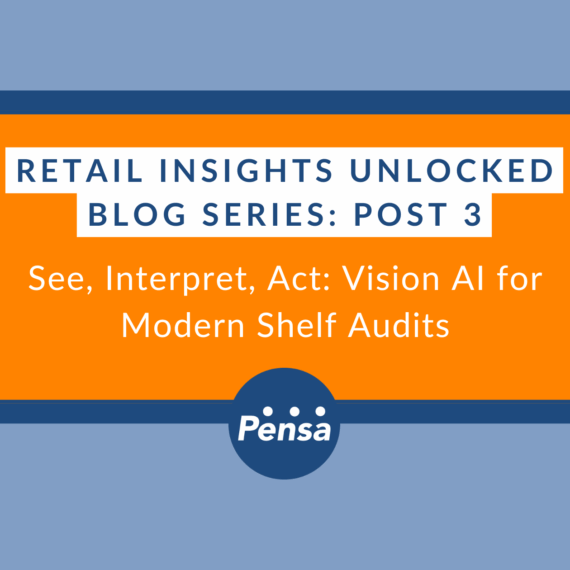Retail media is a really big deal — and getter bigger. According to the Winterberry Group, U.S. retail media spending is forecast to double to $40 billion in 2022. And with the anticipated disappearance of third-party cookies, grocery retailers are poised to extract disproportionate value. But in order to fully capitalize on their media investments, retailers and brands can no longer settle for the “good enough” estimates of on-shelf product availability that have been the norm for decades.
Every major grocery retailer now has their own retail media network, the latest being the rapidly expanding Dollar General, all hoping to monetize the deep customer data they’ve been collecting for years from across their omnichannel touchpoints.
Retail media spans a wide gamut of digital and physical channels, from in-store displays to newspaper inserts to website promotional banners. Grocery retailers and their CPG partners have long invested in various forms of retail media to drive a pretty simple shopper behavior: influencing a consumer to purchase a particular product at a particular retailer. A vast amount of time and energy has been dedicated to process, infrastructure and technology that help optimize the retail media ecosystem to drive higher conversion rates. And as this ecosystem has become more complex with the rapid growth of grocery e-commerce and omnichannel fulfillment, the efforts to optimize have increased proportionally.
Unfortunately, the success of all these efforts and all of this investment eventually comes down to a single point of failure: the availability of product for purchase on the retail shelf at the “moment of truth.” Whether it’s a top of the funnel digital display ad, a CPG sponsored ad on a retailer website, a promotion in a loyalty app or a point of sale display, product on-shelf availability is the primary driver for return on retail media investments.
Now, in the world of omnichannel grocery fulfillment, the risk of negative return on investment has increased as pervasive third-party pickers with no brand loyalty may substitute competitive products for out of stocks, passing the rewards of one brand’s retail media investment to competitors.
The critical relationship between on-shelf availability and retail media investments has always been a priority for grocery retailers and CPG brands. But for many years, estimates of on-shelf product availability were “good enough.” In-stock level estimates that subtract “out the door” point of sale data from “in the door ” perpetual inventory data were accurate enough approximations to ensure enough product was on the shelf to meet the increased demand driven by a week-end newspaper promotional insert.
In recent years, grocery commerce has accelerated through digitization and mobile proliferation and with it consumer expectations of instant gratification. Loyalty has eroded as barriers to switching brands and retailers are often only a click away and delivery operators have made store proximity less important. Digital advertising has aggressively entered the grocery retail media mix from top of the funnel all the way through to online conversion and brought with it the ability to target and retarget digital ads in an instant. And make no mistake, while digital engagement and omnichannel fulfilment capture the headlines, the large majority of retail media spend continues to flow to brick and mortar. But even there, the pace of innovation has accelerated as evidenced by targeting in-store shoppers with personalized, geo-located in-app offers. What hasn’t kept pace, though, is the approach to understanding what products are actually available on the shelf for purchase (or pick). Despite the acceleration and digitization all around the shelf, product on-shelf availability data is still mostly based on estimates that subtract point of sales from perpetual inventory with the occasional manual shelf audit to “true things up.”
More recently, as supply chain disruption and margin pressures have severely impacted the grocery industry, this large but mostly hidden problem has become a burning issue in retail media. Reducing “media waste” is a description Kroger Precision Marketing and Omnicom used when they recently announced their partnership to provide “day-to-day visibility into SKU inventory data at the physical store and digital shelf levels” in a way that “…enables media investment to be quickly shifted away from low-inventory products, and toward another SKU in the brand portfolio that has high repeat purchase behavior, healthy inventory, and strong market basket correlation to the low-inventory item.” This is probably the first in many moves to connect an accurate view of product on-shelf availability into the retail media ecosystem.
If you are a CPG brand or grocery retailer interested in improving the return on your retail media investments, Pensa can help. We provide a continuous, real-time understanding of actual on-shelf inventory across all channels and SKUs. We capture an entire grocery aisle in seconds and provide a highly accurate, full store view of shelf inventory conditions. Contact us to learn more.







